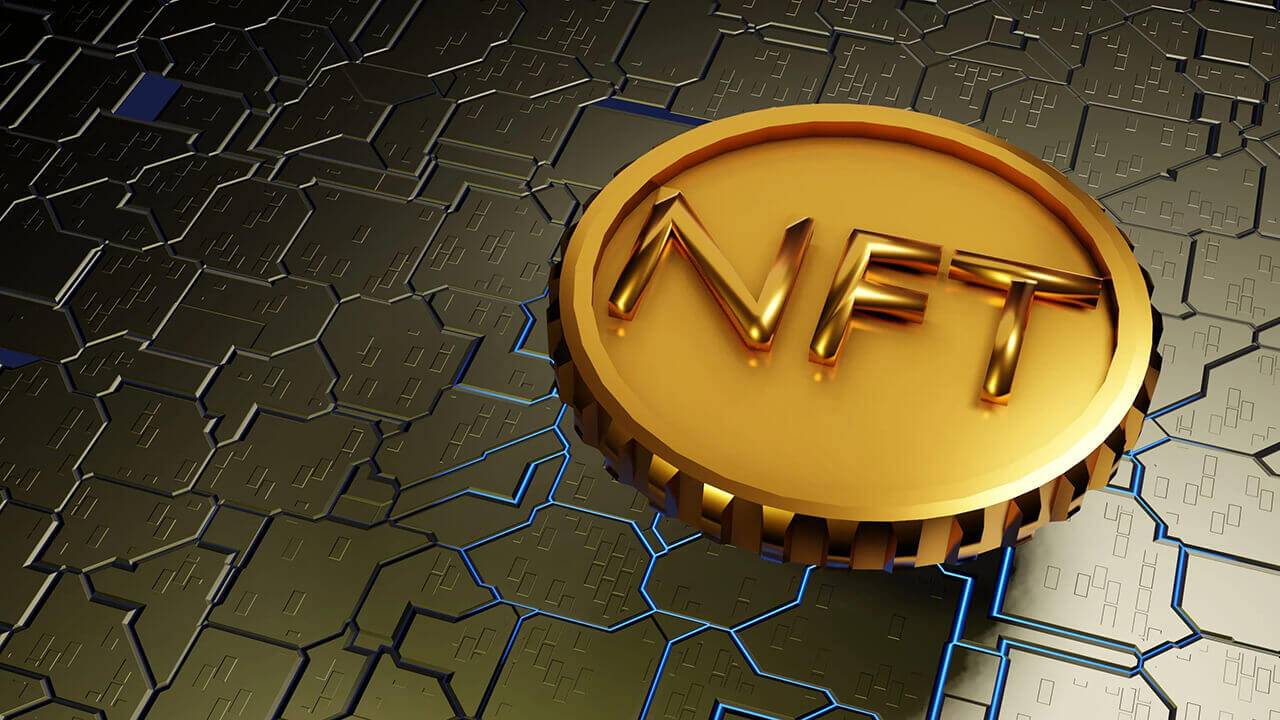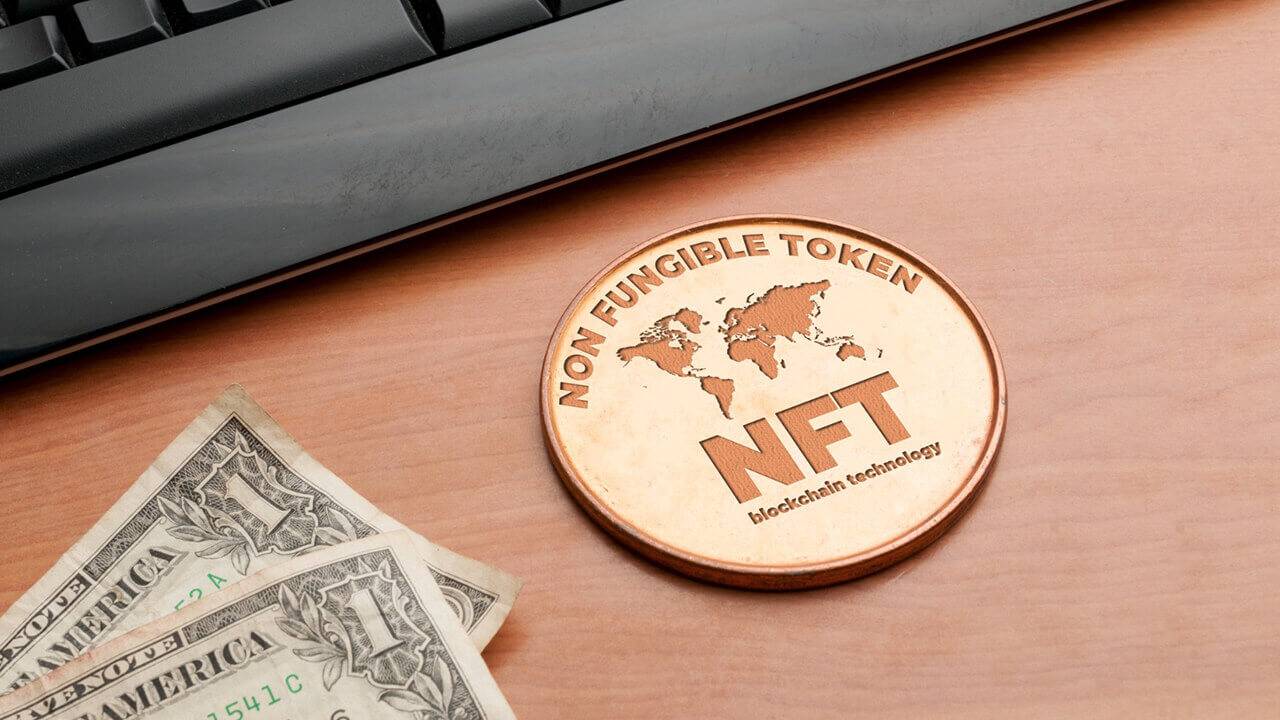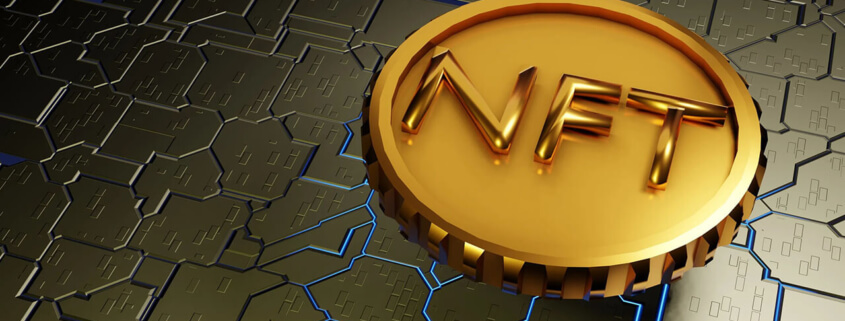Non-fungible Tokens or NFTs: A Quick Primer

A non-fungible token or NFT is a digital asset that you can buy. Such a token represents actual things of value in the real world – art, videos, in-game merchandise, and so on. NFTs are encoded with the same software as Bitcoin, and people buy and sell NFTs online using cryptocurrencies.
NFTs have been in existence since 2014, but have only recently begun to gain traction. These tokens are valuable because there is usually only one of them available for an asset, or, sometimes, a limited number. Their value, in part, derives from the scarcity. Digital art and other digital items can usually be copied at will, to create copies that are indistinguishable from one another; NFTs are different, however. They have unique codes embedded within that make them one of a kind. Copies of the art or other assets they represent may be freely made and distributed, but those will always be copies. The collector who has the original, with proof of ownership in the form of an NFT, has bragging rights. Those bragging rights give NFTs their value, as well.
How are NFTs and cryptocurrency different?
A non-fungible token is created using the same form of coding as Bitcoin, but is different in other ways. Cryptocurrencies and regular fiat currencies are fungible articles — in other words, they are interchangeable; a dollar bill is seen to be the same as another dollar bill, and a Bitcoin is seen to be the same as another Bitcoin. Every non-fungible token, however, comes with a unique digital signature. No two NFTs are considered equal to one another, even if they may seem that way. For instance, people have paid large sums of money to obtain NFTs that represent NBA top-shot video clips, even if there are copies of those very clips floating around on YouTube.
How do NFTs work?
NFTs are built on the blockchain that underlies the Ethereum cryptocurrency. People have created NFTs to represent physical and digital art, GIFs, music, and even tweets. The founder of Twitter, for example, has created an NFT to represent his first tweet, and he sold it for nearly $3 million. When you buy an NFT, you are the only owner of the asset it represents. There can be no other owners, even when identical copies exist on other people’s devices.

What do you use an NFT for?
Traditionally, artists creating art, digital or physical, have had to wait years to find a way to monetize it. They had to wait for popularity, or for a gallery or auction house to pick up their art. With NFTs, however, artists have the power to directly find buyers. They are able to sell exclusive ownership of their art to buyers, in the form of NFTs. In addition, when the owner of an NFT for a piece of art decides to sell it to someone else, the original creator can get a percentage of the sale price each time, as well. Traditional means of selling art do not allow for such ongoing earnings.
Some major businesses use NFT art auctions as a way to raise money for charity. Taco Bell, for instance, raised more than $3 million for art NFTs that it auctioned. The money was raised in Wrapped Ether cryptocurrency. Musicians and actors have auctioned off memorabilia in the form of NFTs, as well.
How do you go about buying an NFT?
With cryptocurrencies, you need a digital wallet to store coins that you buy. It’s the same with NFTs – you need a digital wallet to put them in once you buy them. Since NFTs are bought and sold using cryptocurrencies and not regular cash, you’ll need cryptocurrency coins in your digital wallet, as well.
Once you are ready with the funding, you go to one of any number of NFT marketplaces, and look for digital assets to buy — OpenSea.io, Rarible, and Foundation, are popular marketplaces full of art NFTs.
Is buying NFTs actually a good idea?
NFTs haven’t been around for long. For this reason, it can be hard to speculate how well they are likely to hold their value or appreciate over years or decades. Before you invest in them, it’s important to keep in mind that NFTs have no intrinsic value; they are valuable at the moment because there are people around who consider them valuable. Should people decide that a piece of art represented by an NFT is no longer valuable, your investment will lose value. If you have an art NFT, and the artist’s star value declines at some point, you may not be able to find buyers for your NFT, anymore.
It’s also important to keep in mind that when you sell an NFT at a profit, you may owe capital gains taxes; since NFTs are collectibles, you may even be on the hook for a collectibles tax rate, which could be more expensive. The IRS hasn’t yet made a conclusive statement on how it plans to tax NFT profits, however. Overall, it would make sense to consult a tax professional before embarking on major investments in this type of asset.
With a basic understanding of what NFTs are and how they work, you should be in a position to investigate them further before you decide to go in.










